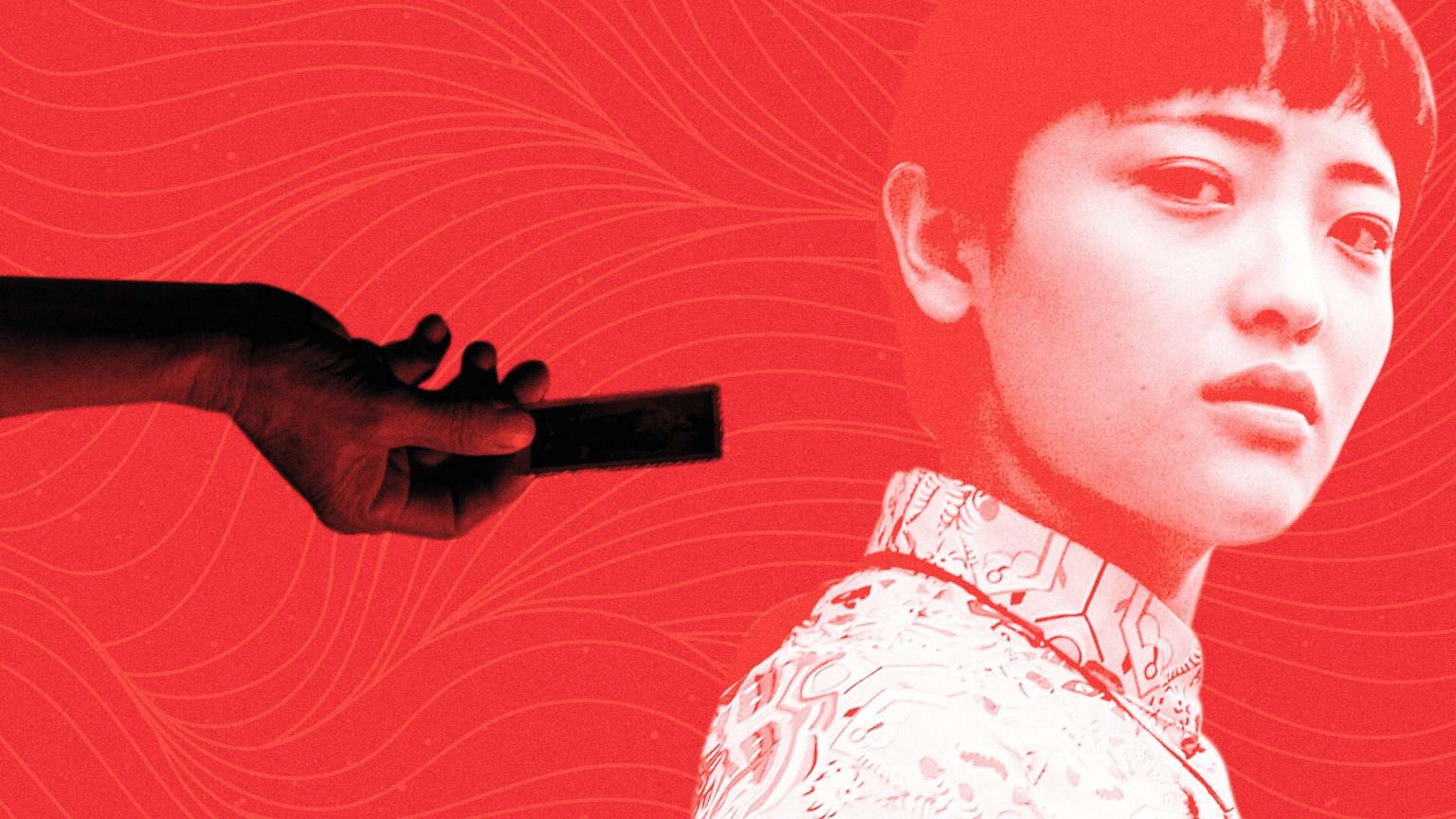Read the Article, then watch the movie right here on Fandor!
In Kaili Blues, memories float and fate guides the characters towards uncertain destinations. Characters look inward, lost in their past and present thoughts. With his transcendental subtext, director Bi Gan doesn’t provide easy answers, though he does offer visual clues to help viewers navigate his dreamscapes. There are no designated levels à la Christopher Nolan’s Inception, nor does Gan stylize his cerebral dimensions like Federico Fellini. Some may recognize a touch of a Tarkovskian influence, while die-hard cinephiles may draw closer comparisons to filmmakers like Zhangke Jia and Apichatpong Weerasethakul. Ultimately, Kaili Blues functions as it own kind of spiritual zone.
Narratively, Kaili Blues focuses on relationships, commitments, and travel. After serving nine years in prison, Kaili resident Chen Shen (Yongzhong Chen) plans a trip to find his nephew Wei Wei. Before leaving, Chen visits with an elderly doctor, and promises to help locate her lost love. The woman packs mementos, including a shirt and a special mixtape of pop songs. While Kaili Blues’ narrative seemingly moves along chronologically, one can gather that something’s off; maybe it’s the familial dynamics, or maybe it’s the image of a moving train inside one character’s home. And so Chen’s journey begins. After a thirty-minute introduction, Kaili Blues’ title card finally appears.
Commit to Kaili Blues for the experience, and stay for the extraordinary long take. Some outlets time Gan’s fascinating sequence at forty minutes, while others have cited forty-one. My guess is forty-two, especially considering the director’s poetic voiceover once Chen sets forth: “The hand lit up by fate erects forty-two windmills for me.” During the extended sequence, Chen receives help from locals and reciprocates in kind. A young man provides a motorbike ride, while an older gentleman sets up a car trip with a band. Within this community, curious visual patterns emerge. Still, the practical-minded characters feel purely natural, with only the radio stories of a “wild man” hinting at something unknown. In the lead role, Chen stays balanced with his performance. His character observes and processes what he encounters, then drifts from one place to the next.
Returning to the opening sequence, what strikes me is the color schemes. Just as Oscar-nominated cinematographer Rachel Morrison utilized a green and brown color scheme in 2017’s Mudbound, Kaili Blues’ Tianxing Wing highlights greens and blues. These colors represent nature and time—concepts that Gan himself references in his poetic voiceover. Green symbolizes a steady flow, complemented by the organic camerawork. Blue symbolizes time and movement, as various objects are correlated with transport: a suitcase, a boat, a bucket on a motorbike. Similarly, blue mementos connect with memories and wanderings of the mind: clothing, a tape, and a drum set. These blue objects seemingly move Chen’s thoughts to another realm. Within the forty-two-minute take, Kaili Blues’ central character reflects on his prison experiences, and a pond’s mercury-blue water. During a telling conversation with a local woman, who questions Chen’s non-verbal behavior, he is identified as a former prisoner. Kaili Blues creates a hypnotic effect while scattering fragmented ideas throughout. It’s a heavy dose of magical realism, or meditative surrealism.
Kaili Blues’ long take transitions to the conclusion while functioning as a metaphysical vessel. Incidentally, the film raises important questions about perspective. Slick as the cinematography may be, the camera often leaves characters behind to meet up with others, and the dialogue further suggests that locals are connected in mysterious ways. At one point, a Kaili native, named Yang Yang (Yue Goo) breaks the fourth wall on a boat, and delivers her Kaili tour guide routine before purchasing a windmill that is ultimately passed along to Chen’s unofficial chauffeur. In essence, Kaili Blues’ characters “pay it forward,” but without understanding the true significance of their acts. The camera follows people from behind and moves backward as individuals move to new locations. Perspective and pacing boost the visual experience while suggesting the characters are stuck in a moment.
If Kaili Blues’ main subjects are stuck, music offers them spiritual healing. At one point, Chen recalls meeting his late wife at a disco and later performs “Little Jasmine” with some young musicians. The song comes from a place of love, and unconditional support is what inspires Chen’s journey. He recognizes the moment, and now it’s his turn to pay it forward before traveling onward to a new destination, to a new dimension—a space that could propel him forward or backward.
Like Chen, many people look inward during stressful times, contemplating regret and what might’ve been. But if it makes sense to travel back in time, doesn’t it make sense to imagine a brighter future, too? Whichever way you drift, and however the clock ticks, be sure to bring along some figurative gifts and good vibes. Until then, get lost in the spellbinding world of Kaili Blues.
Q.V. Hough (@qvhough) is a freelance writer and Vague Visages’ founding editor. From 2014 to 2017, he wrote over six-hundred video scripts for WatchMojo, and he’s the author of their first e-book, WatchMojo’s 100 Decade-Defining Movie Moments of the 1990s. From 2006 to 2012, Q.V. lived in Hollywood, California and worked closely with ABC On-Air Promotions as the production manager for LUSSIER. He now resides in sunny Fargo, North Dakota and has written for Fandor, Crooked Marquee, and RogerEbert.com.




